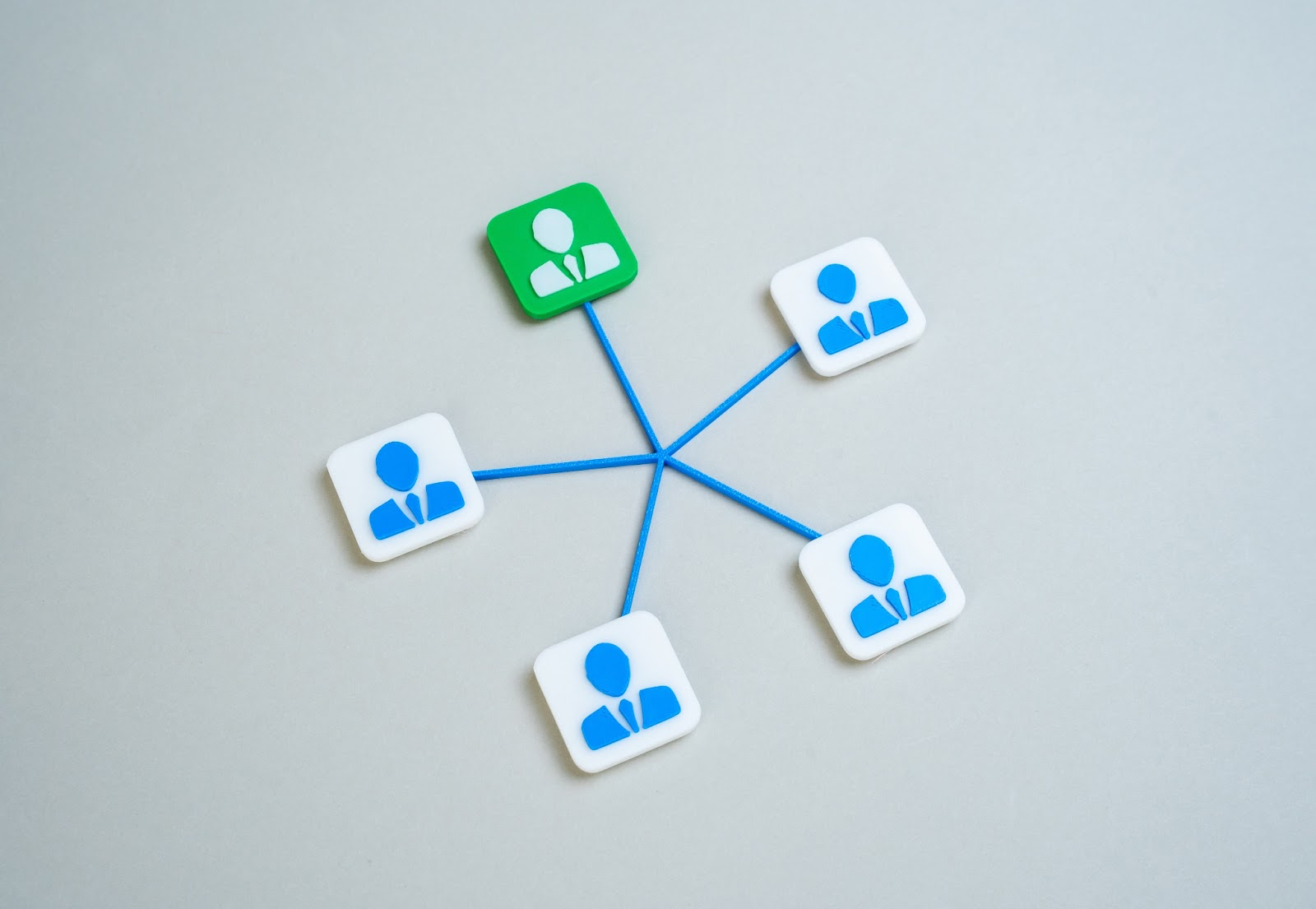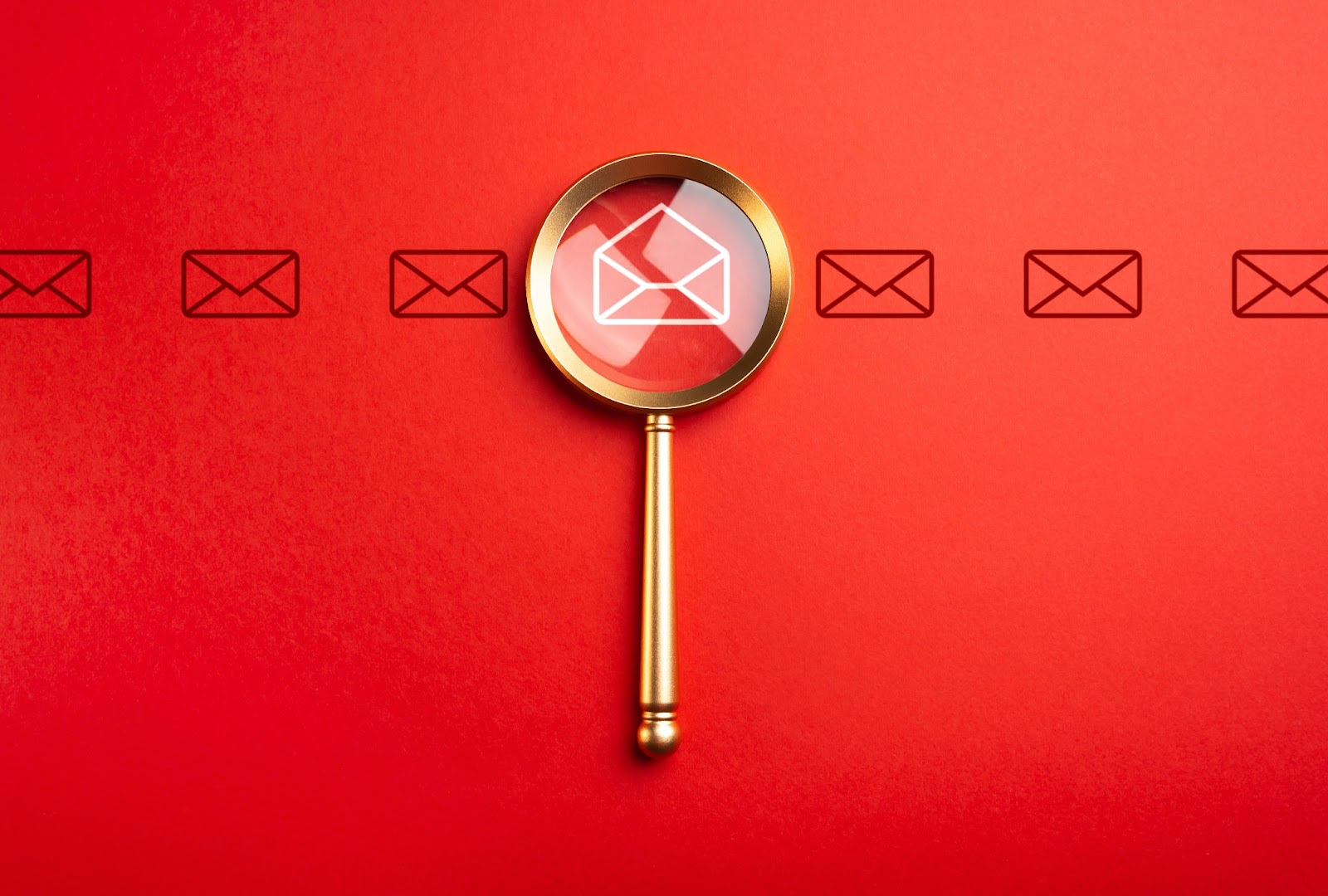Multi-Channel Sales Sequences That Transform B2B Lead Generation Results
From channel selection through performance measurement, learn strategies that break through noise and drive meaningful business conversations.
From channel selection through performance measurement, learn strategies that break through noise and drive meaningful business conversations.

B2B companies leveraging multi-channel sales sequences experience significantly higher lead generation rates than those relying on single-channel approaches. This performance gap continues widening as buyer behaviors evolve and traditional outreach methods lose effectiveness.
The challenge of breaking through crowded inboxes and disconnected touchpoints intensifies daily. Decision-makers receive hundreds of emails, LinkedIn messages compete for attention, and phone calls go unanswered. Single-channel persistence often appears desperate while multi-channel coordination demonstrates professionalism and respect for communication preferences.
This guide provides integrated outreach strategies that maximize lead generation effectiveness. Through proven frameworks and tactical implementation advice, you'll learn to orchestrate channels that work synergistically rather than competitively. Let's explore how strategic multi-channel sequences transform B2B lead generation from spray-and-pray to precision engagement.
Multi-channel B2B lead generation coordinates multiple communication platforms to engage prospects through their preferred channels at optimal times. This approach recognizes that modern B2B buyers interact with vendors across various touchpoints before engaging in sales conversations.

Definition and core components encompass more than simply using multiple channels—it requires strategic integration where each touchpoint reinforces others. Email might introduce value propositions, LinkedIn provides social proof, phone calls enable real-time discussion, and video messages add personal connection. Together, they create comprehensive engagement strategies.
Evolution from single-touch to integrated sequences reflects changing buyer expectations and technological capabilities. Where once a cold call or email might initiate business relationships, today's buyers expect sophisticated, value-driven engagement across their preferred platforms. This evolution demands new skills and strategies from B2B sales teams.
Impact on Marketing Qualified Leads (MQLs) generation proves substantial. Multi-channel approaches improve both lead quantity and quality by:
Understanding why multi-channel sequences outperform single-channel efforts helps optimize strategy design and execution.
Cognitive psychology of repeated exposure reveals the "mere exposure effect"—people develop preferences for things they encounter frequently. Multi-channel sequences leverage this by creating multiple touchpoints that build familiarity without overwhelming. Each exposure strengthens recognition and trust, preparing prospects for eventual engagement.
Channel preference diversity among B2B buyers reflects individual communication styles and situational needs. Some executives prefer email for documentation and consideration time. Others respond better to LinkedIn's professional context. Phone calls suit those valuing immediate dialogue. Respecting these preferences through channel variety improves response rates.
Reinforcement messaging effectiveness increases when consistent themes appear across channels in slightly different formats. An insight shared via email gains credibility when reinforced through LinkedIn content and discussed during phone conversations. This repetition without redundancy strengthens message retention and impact.
Each channel offers unique advantages within integrated sequences. Understanding individual channel strengths enables strategic deployment.
Email remains the backbone of B2B communication, providing documented touchpoints that prospects can review and share with stakeholders.
Personalization strategies extend beyond name insertion to include:
Subject line optimization balances curiosity with clarity. Effective subject lines preview value without clickbait tactics. Test variations focusing on benefits, questions, or specific insights relevant to recipients.
Content sequencing approaches progress from value delivery to relationship building:

LinkedIn's professional context makes it ideal for B2B relationship building, offering multiple engagement avenues.
Connection request strategies prioritize relevance over volume. Personalized requests mentioning specific commonalities, mutual connections, or genuine interest in their work outperform generic invitations. Keep messages brief but meaningful.
Direct messaging frameworks respect the platform's professional nature:
Content engagement tactics involve strategic interaction with prospects' posts before direct outreach. Thoughtful comments on their content create familiarity and demonstrate genuine interest beyond sales objectives.
Despite digital channel proliferation, phone conversations remain powerful for building relationships and advancing complex B2B sales.
Cold calling best practices in multi-channel contexts differ from traditional approaches:
Warm-up call strategies leverage other channel interactions to increase receptivity. Mentioning recent email exchanges or LinkedIn connections transforms cold calls into warm conversations.
Video messages add personal touch while respecting prospects' time through asynchronous communication.
Effective video messages in B2B sequences:
A tip from us: Test video messages with internal teams before sending to prospects. What feels natural during recording might seem awkward on playback. Practice creates polished delivery that maintains authenticity.
Strategic sequence architecture multiplies individual channel effectiveness through coordinated timing and messaging.
Sequence architecture planning maps touchpoints across channels and time. Effective architectures balance persistence with respect, typically spanning 3-4 weeks with 8-12 touchpoints across channels. Front-load value delivery while gradually increasing direct sales messaging.
Touchpoint timing and spacing prevents overwhelming prospects while maintaining momentum:
Channel coordination strategies ensure complementary rather than redundant messaging. Each touchpoint should build on previous interactions while introducing new value or perspectives.

Message progression frameworks guide content development:
Effective multi-channel strategies align channels with buyer preferences rather than forcing all prospects through identical sequences.
Decision-maker communication preferences often correlate with roles and responsibilities:
Industry-specific channel effectiveness varies significantly. Technology companies might respond well to innovative channels like interactive demos. Traditional industries might prefer established channels like email and phone. Research industry norms while testing variations.
Company size and channel correlation influences approach complexity:
Geographic and cultural considerations affect channel preferences and timing. International outreach requires understanding communication norms, time zones, and platform popularity in target regions.
Message consistency builds trust while adaptation ensures channel-appropriate communication.
Brand voice consistency maintenance requires documented guidelines covering:
Value proposition threading weaves core benefits throughout sequences without repetitive language. Each channel should reinforce central themes using channel-appropriate formats and examples.
Call-to-action coordination prevents confusing prospects with conflicting next steps. Whether seeking meetings, demos, or content downloads, maintain consistent asks while adapting language to channel contexts.
Content adaptation techniques transform core messages for channel requirements:
Effective multi-channel execution requires integrated technology enabling coordination, automation, and measurement.

CRM integration requirements ensure all prospect interactions track centrally. Modern CRMs should capture:
Sales engagement platforms like Outreach, SalesLoft, or HubSpot Sales Hub orchestrate multi-channel sequences. Key capabilities include:
Automation and workflow tools prevent manual coordination errors while enabling scale. Set trigger-based actions, response-based sequence adjustments, and alert systems for hot prospects.
Analytics and tracking systems measure cross-channel performance. Unified dashboards showing channel attribution, sequence performance, and prospect engagement guide optimization efforts.
Balancing personalization with efficiency enables meaningful outreach to larger prospect pools.
Dynamic content strategies use prospect data to customize messages automatically:
Behavioral trigger implementation adjusts sequences based on engagement:
Company-specific customization goes beyond surface details to demonstrate genuine understanding. Reference specific challenges, competitive dynamics, or growth opportunities relevant to their situation.
Role-based messaging adaptation ensures relevance across buying committees. Technical buyers need different information than economic buyers, even within the same opportunity.
A tip from us: Create personalization templates that combine automated elements with spaces for genuine customization. This hybrid approach maintains efficiency while ensuring each message feels personally crafted.
Strategic timing significantly impacts multi-channel sequence effectiveness, requiring careful orchestration across channels.
Channel-specific optimal timing varies based on platform behaviors:
Cross-channel coordination strategies prevent overwhelming prospects while maintaining presence. Space touchpoints to allow response time while maintaining momentum. Typically, 2-3 days between same-channel touches and 1-2 days between different channels works well.
Response-based sequence adjustment accelerates or decelerates based on engagement:
Seasonal timing considerations affect B2B outreach effectiveness. Avoid major holidays, industry conferences, and typical vacation periods. Research industry-specific busy seasons that might impact receptivity.
Comprehensive measurement reveals which combinations drive results, enabling continuous optimization.

Key performance indicators by channel track both activity and outcomes:
Attribution modeling approaches determine which touches influence outcomes:
Conversion funnel analysis tracks progression through stages:
ROI calculation methodologies compare investment to returns:
Common challenges in multi-channel execution require proactive strategies to prevent degraded performance.
Channel saturation management prevents prospect fatigue:
Message fatigue prevention maintains sequence effectiveness:
Resource allocation optimization balances effort across channels:
Team coordination strategies ensure consistent execution:
Successful multi-channel implementation requires phased approach enabling learning and refinement.
Pilot program development tests strategies before full rollout:
Scaling strategies expand successful pilots:
Performance optimization cycles maintain effectiveness:
Continuous improvement processes institutionalize learning:
Multi-channel sales sequences transform B2B lead generation by meeting prospects where they prefer to engage rather than forcing single-channel interactions. Success requires strategic orchestration rather than scattered activity across platforms.
Start with core channels—email and LinkedIn for most B2B contexts—then expand based on persona preferences and resource availability. Focus on message consistency while adapting to channel strengths. Invest in technology that enables coordination and measurement rather than creating additional complexity.

Remember that multi-channel success comes from integration quality, not channel quantity. Two well-coordinated channels outperform five disconnected ones. Build sequences that respect prospect preferences while persistently delivering value across touchpoints.
Interested in improving your skills and learning more about business operations to generate and convert leads? Check out the following articles:
Essential Online Presence Tools Every Business Owner Should Use in 2025
Why Small Businesses Need a Strong Online Presence to Survive and Thrive
How Your Online Presence Functions as Your Most Powerful Business Card
Building a Loyal Online Following Through Strategic Social Media Consistency
How Social Media Transforms Your Digital Strategy and Online Business Growth
10 Time-Saving Strategies for Effective Business Updates Across Social Media Platforms
We have a lot more for you. Click the button below to sign up and get notified when we release more content!
View more